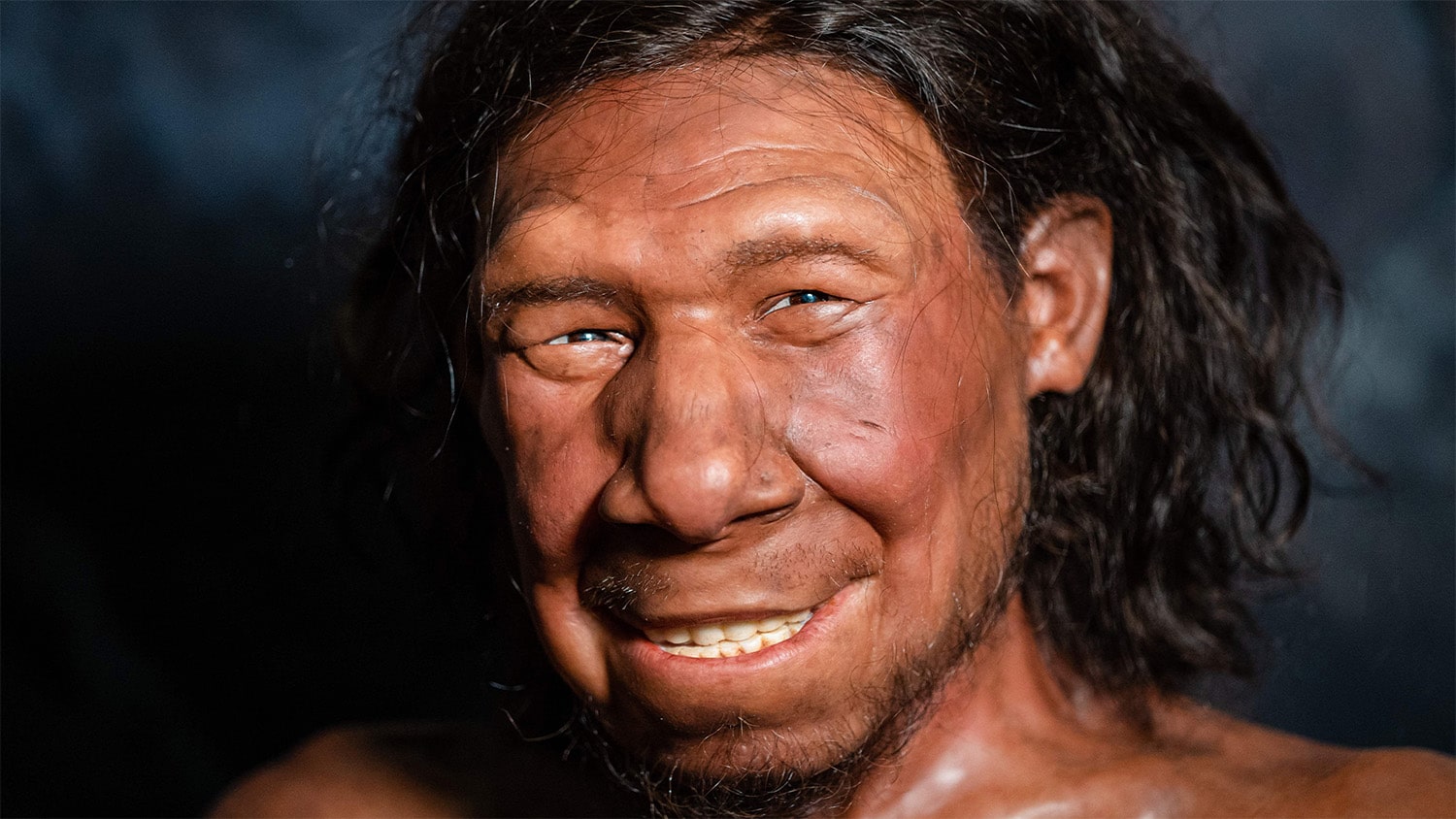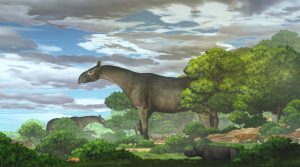
27 interesting facts about Neanderthals
- 👁️ 4553
Neanderthals, often misunderstood and misrepresented in the annals of prehistory, represent a fascinating branch of the human lineage. These ancient humans roamed parts of Europe and Asia from approximately 400,000 to 40,000 years ago, adapting to diverse and challenging environments long before modern humans left Africa. Recent scientific advances have shed new light on their culture, biology, and interactions with Homo sapiens, revealing a complex picture of adaptation and survival. This article explores the intriguing world of Neanderthals through a collection of detailed facts, helping to dispel myths and deepen understanding of these ancient relatives.
- Neanderthals first appeared about 400,000 years ago.
- They were primarily based in Europe, with their range extending into Western Asia.
- Neanderthals became extinct around 40,000 years ago, coinciding with the rise of modern humans in Europe.
- The average brain size of Neanderthals was slightly larger than that of modern humans.
- They made and used a variety of stone tools, known as Mousterian tools.
- Neanderthals were skilled hunters of large animals such as mammoths, bison, and deer.
- They controlled fire, using it for cooking, warmth, and protection from predators.
- Evidence suggests Neanderthals practiced burial of the dead, indicating a form of cultural complexity.
- Some Neanderthal sites show evidence of constructed living spaces, such as wooden huts.
- They experienced a harsh climate, surviving through multiple ice ages.
- Genetic studies have confirmed that Neanderthals interbred with modern humans.
- Between 1% and 2% of the DNA of modern non-African humans can be traced to Neanderthals.
- Neanderthals had a robust build and a distinctive facial structure with a large nose, which helped humidify and warm cold, dry air.
- Their diet was heavily meat-based but also included vegetables and nuts.
- There is evidence that Neanderthals used medicinal plants to treat ailments and injuries.
- Neanderthals created body ornaments, such as painted shells, indicating symbolic behavior.
- They possibly had a form of spoken language, though the complexity of this language is not known.
- Neanderthals made use of pigments like red ochre, possibly for body decoration or artwork.
- They had a slower rate of development and maturation compared to modern humans, based on growth patterns seen in their bones.
- Recent findings suggest that Neanderthals were capable of fashioning glue from birch bark.
- They shared the landscape with other hominin species, including Denisovans and Homo sapiens.
- Neanderthals had a variety of adaptive traits, like a strong, powerful grip, suited for their environment and lifestyle.
- Evidence suggests they cared for the elderly and individuals with disabilities.
- Neanderthal DNA has been linked to modern human traits such as immune system function and hair color.
- They lived in small, possibly family-based groups.
- Neanderthals were likely apex predators, with no evidence of natural predators.
- The last known population of Neanderthals lived in a cave in Gibraltar, known as Gorham’s Cave.
Neanderthals were not the brutish and primitive species often depicted in popular culture but rather a resourceful and resilient form of ancient humans with a sophisticated set of skills and behaviors. Their ability to adapt and survive in severe climates, coupled with their interactions with early modern humans, highlights a complex social and biological relationship. The legacy of Neanderthals lives on through their contributions to the genetic makeup and perhaps even the cultural practices of modern humans, underscoring the interconnectedness of the human story. This collection of facts not only enriches our understanding of Neanderthals but also illuminates the shared journey of humanity across millennia.











